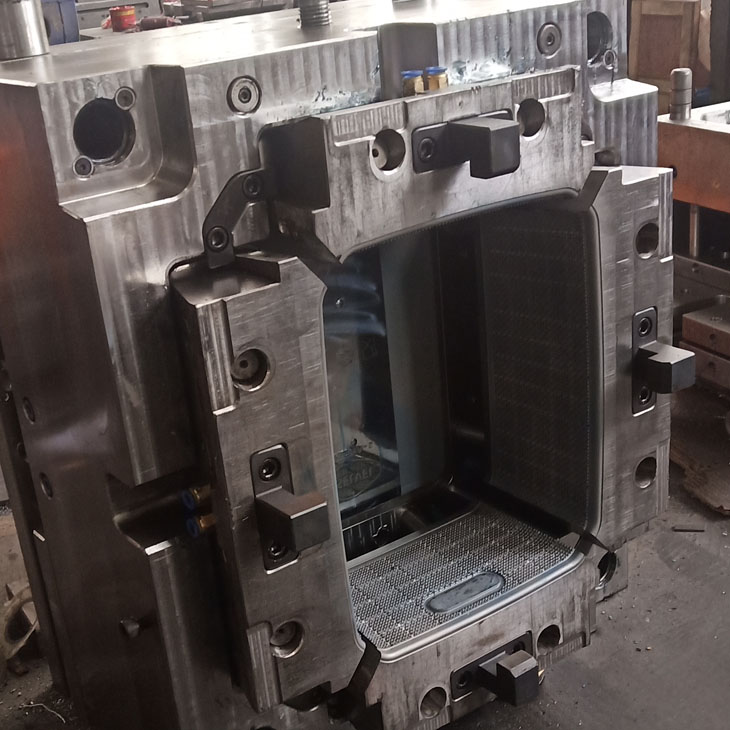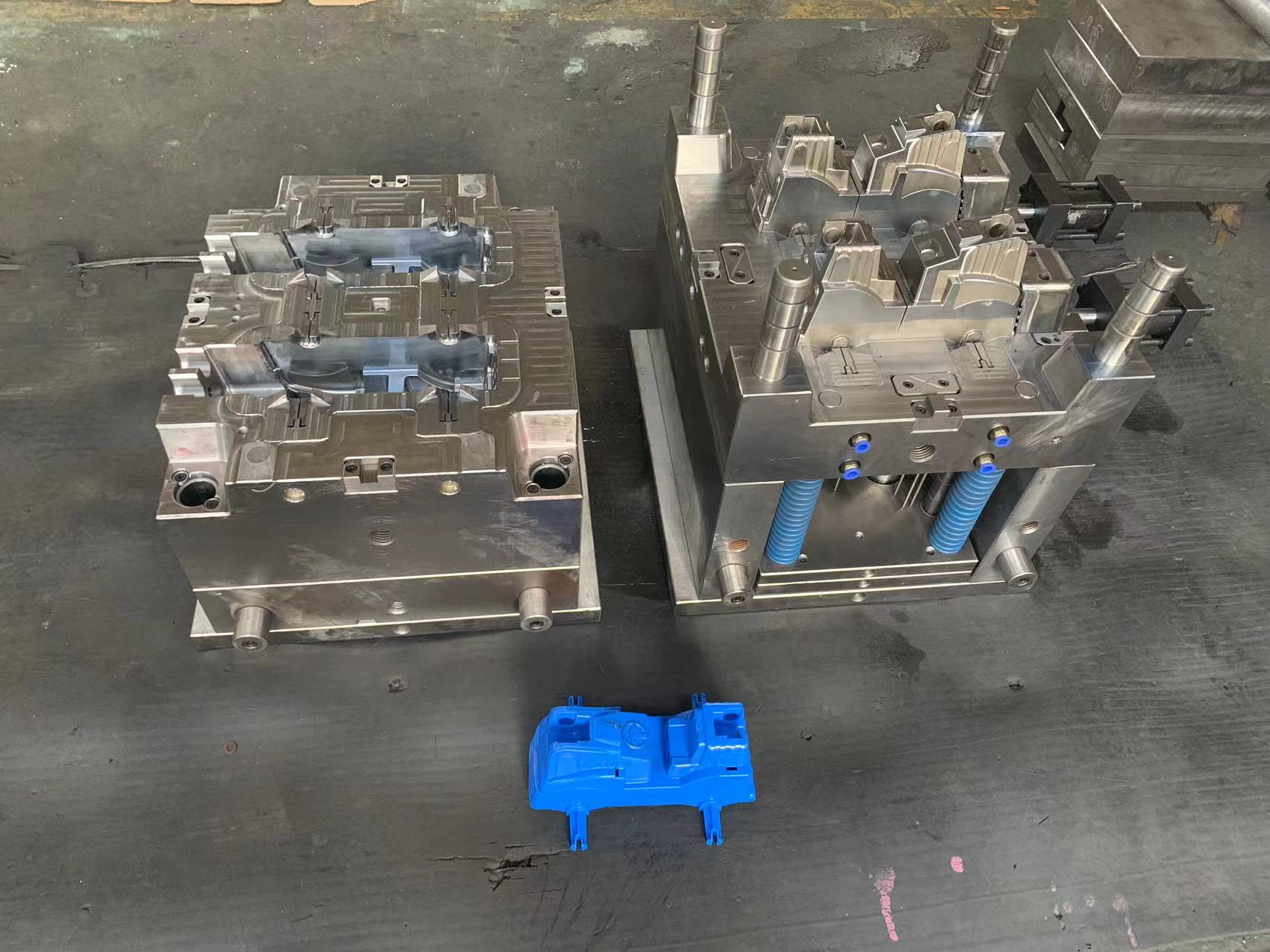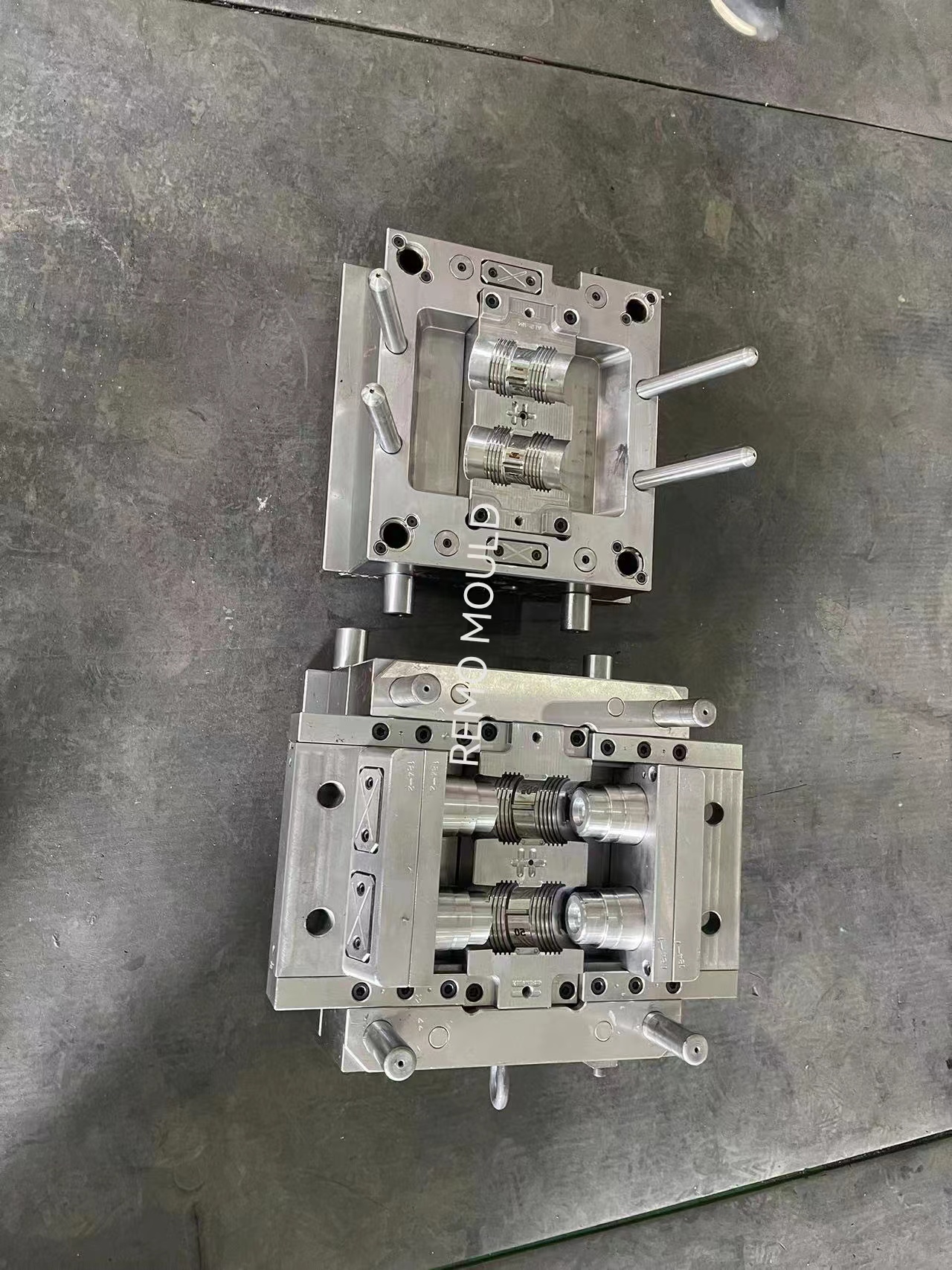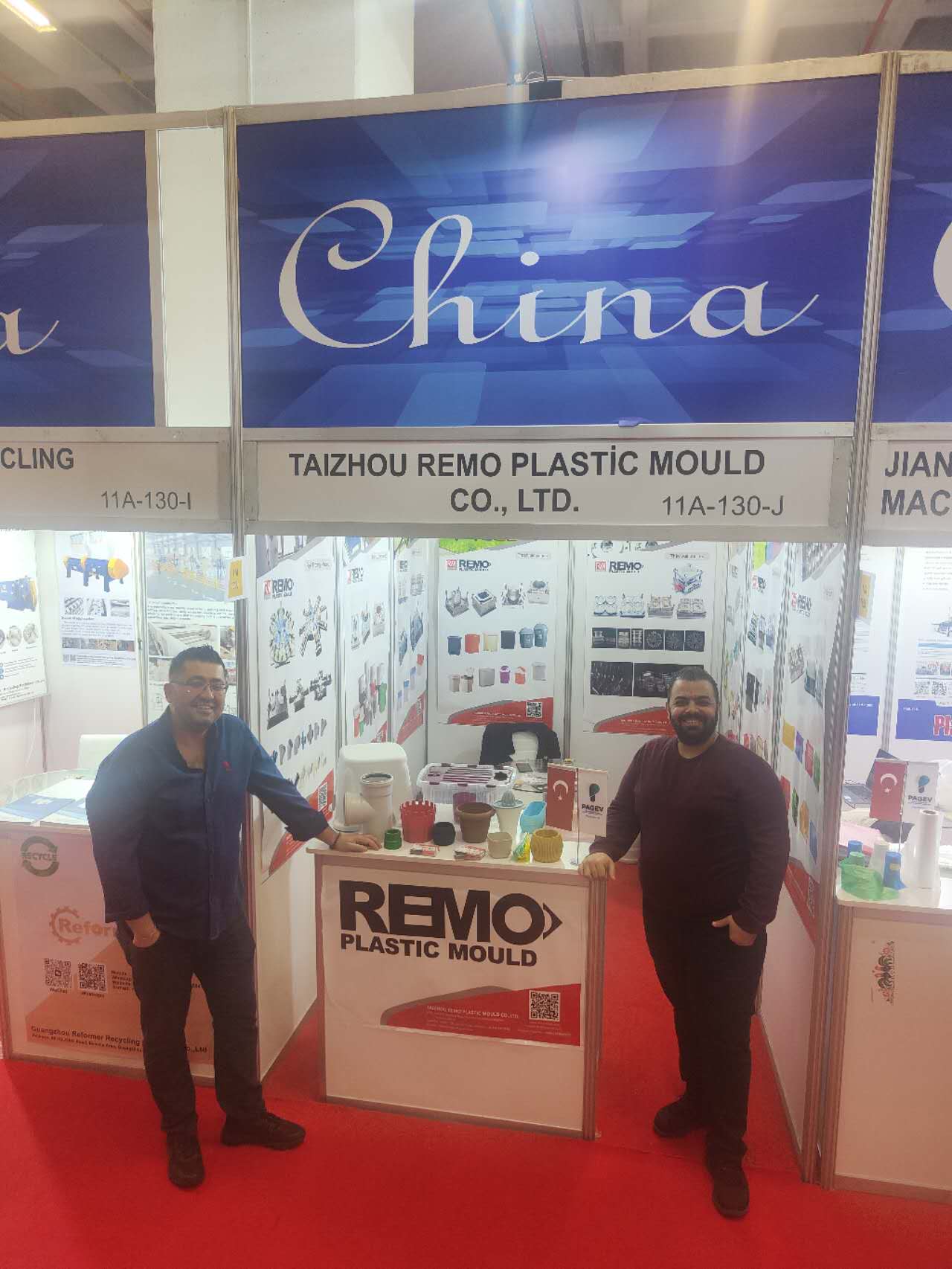Characteristics of mold manufacturing
Although mold manufacturing belongs to the category of mechanical manufacturing, due to the characteristics and production properties of molds, mold parts have certain difficulties in traditional mechanical processing.

(1) The hardness of the mold material is high
The mold belongs to a molding processing tool, so the hardness of the mold material is higher than the hardness of the mold parts. For example, the forming parts of cold stamping molds are generally made of hardened tool steel or cemented carbide, so traditional cutting is used. Method manufacturing is more difficult.
(2) High requirements for mold processing quality
The processing quality of the mold mainly includes the dimensional accuracy, shape accuracy,
Position accuracy (collectively referred to as machining accuracy), surface roughness, etc.
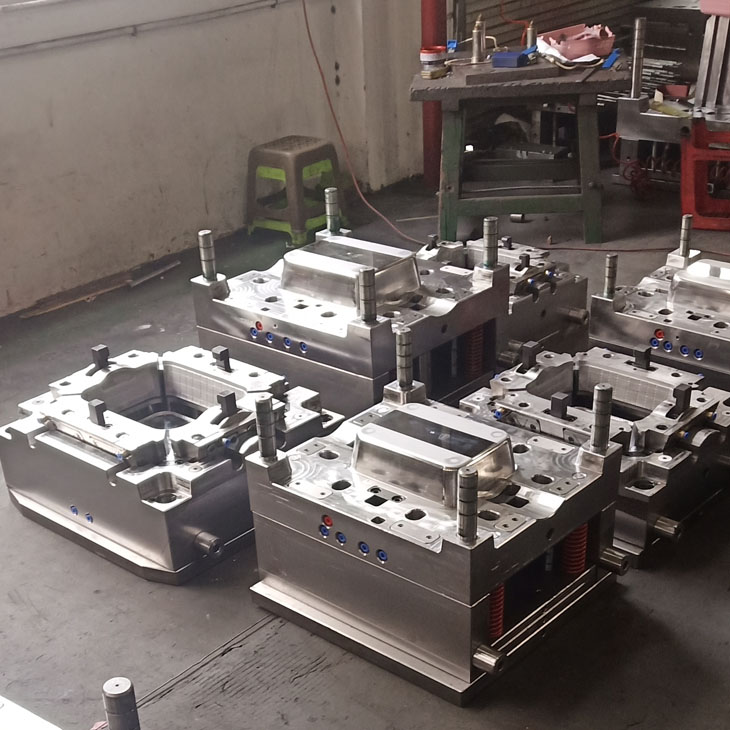
The processing accuracy of the mold is determined by the requirements of the part and the mold structure. The accuracy of the working part of the general mold is 2-4 levels higher than the accuracy of the part. The manufacturing tolerance is controlled within 0.10mm, and some tolerances are strictly controlled within Within the range of 0.002; the surface of the mold after processing is not allowed to have any defects, and the roughness value Ra of the working surface is less than 85um.
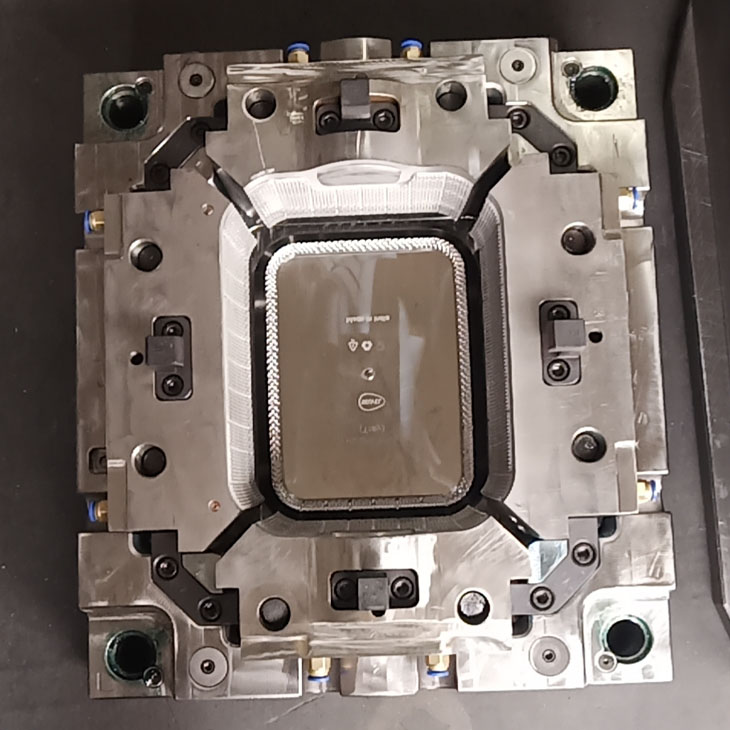
(3) Complex shape and structure
The shape of the working part of the mold is mostly two-dimensional: three-dimensional complex curved surfaces, especially irregular shapes.
Cavity. The general cutting process is suitable for processing simple geometric shapes, so when it is used to process complex curved surfaces, the processing difficulty increases and the accuracy is not easy to guarantee.
(4) Single piece production usually requires only 1-2 sets of molds to produce a certain part. Even hammer forging dies are also produced in small batches, so the molds are generally produced in single pieces, and traditional methods are used for processing. Long, equipment and tool investment costs are high.

